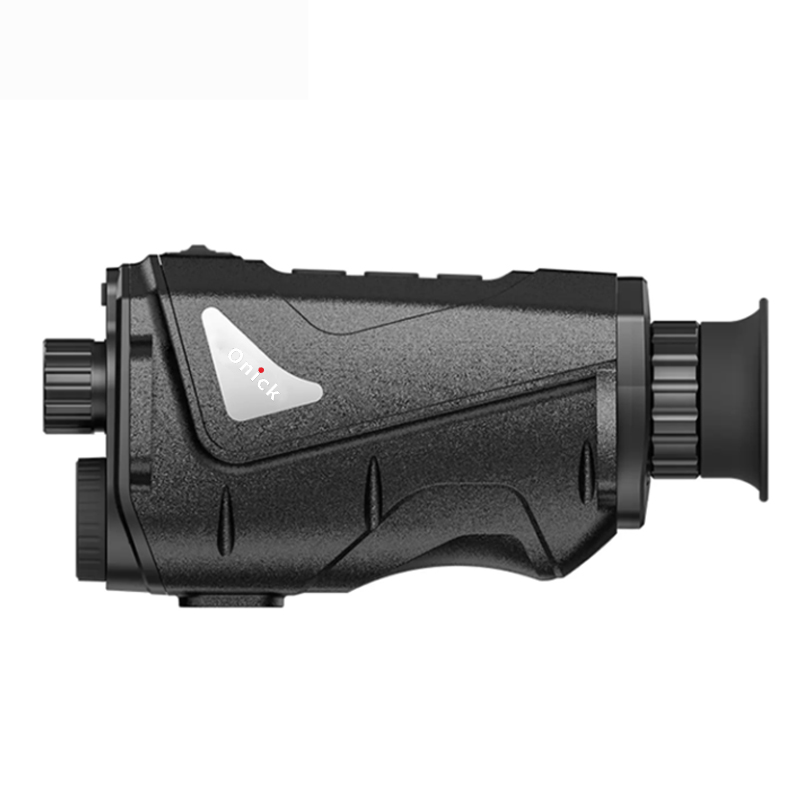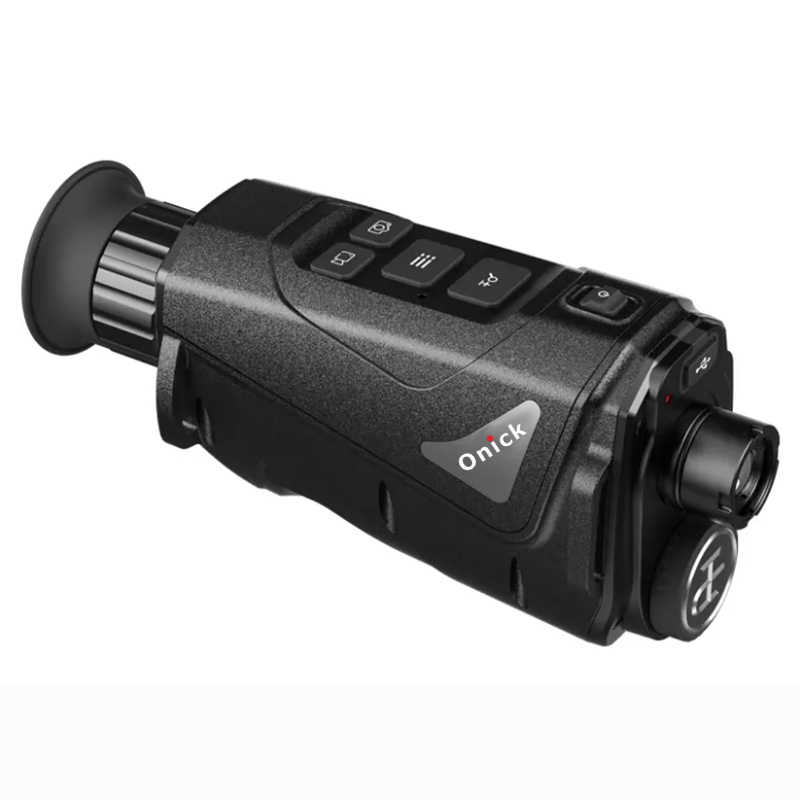Optical special warfare equipment, including multifunctional infrared thermal imaging night vision devices, multi-light fusion night vision devices, dual-light binocular infrared thermal imaging reconnaissance devices, infrared thermal imaging scopes, infrared thermal imaging helmet-mounted night vision devices, and high-definition day and night evidence collection devices, was unveiled at the China Special Equipment Industry Forum.
Discussions at the forum on special equipment such as infrared thermal imaging night vision devices focused on their core advantages, scenario adaptability, and technological upgrade directions, deepening the discussion based on practical needs:

I. Core Technology and Special Advantages
The core of infrared thermal imaging night vision devices lies in "passive heat detection," which eliminates the need for ambient light or active signal transmission. This provides irreplaceable concealment in specialized scenarios. For example, during nighttime counterterrorism operations, the devices can penetrate obstructions such as curtains and vegetation to accurately locate individuals indoors without being exposed by glare. At smoke-filled rescue sites, they can quickly identify the thermal profiles of trapped individuals, overcoming the problem of traditional night vision devices being unable to detect them in complex environments. Its exceptional performance also demonstrates its adaptability to extreme environments: an operating temperature range of -40°C to 60°C, and military-grade waterproof and dustproof protection (e.g., IP67 standard), making it suitable for specialized missions in plateaus, rainforests, and at sea. Some high-end models feature an intelligent thermal imaging algorithm that automatically distinguishes between human subjects, vehicles, and machinery, and even determines the operating status of equipment based on temperature changes (e.g., detecting whether an enemy vehicle is in operation).

II. Typical Application Scenarios and Practical Value
In the military, it can be used for nighttime border patrols, battlefield reconnaissance, and precision strike guidance. For example, in mountain warfare, it can identify hidden enemy personnel through camouflage netting and, combined with its range-finding function, achieve long-range target lock-on. In the security field, it is suitable for large-scale event security (e.g., nighttime perimeter defense of important venues). It can detect unusual intruders in low-light conditions and is immune to interference from bright light (e.g., preventing false alarms from vehicle lights and searchlights). In specialized rescue operations, such as earthquake rubble rescue, the device can penetrate concrete cracks to detect survivors' body temperature signatures, extending its coverage range compared to traditional life detectors. During inspections at high-risk sites like nuclear power plants and chemical plants, the device's thermal image can quickly locate hidden dangers such as pipeline leaks and equipment overheating in dark, unlit conditions, ensuring operational safety.
III. Technology Iteration and Forum Discussion Focus
Current industry hot topics served as entry points for discussion: topics such as "balancing lightweight and battery life" (e.g., reducing the weight of individual handheld devices to under 500 grams with battery life exceeding 8 hours), "multispectral fusion technology" (superimposing thermal and low-light imaging to balance thermal profiles and detailed textures), and "AI intelligent analysis" (automatically tracking moving targets and issuing warnings, reducing the burden on manual monitoring).

The multifunctional infrared thermal imaging night vision device attracted numerous media outlets at the forum, with their cameras frequently focused on our special forces personnel. Report on the onick optical and infrared thermal imaging night vision equipment debut at the China Special Equipment Forum.
Furthermore, selection criteria can be discussed based on actual needs: for example, long-range reconnaissance requires attention to "thermal sensitivity" (typically ≤50mK, with lower values enabling better discrimination of subtle temperature differences), while close-range, high-precision recognition prioritizes "resolution" (e.g., resolutions of 640×512 pixels or higher for clear visualization of human gestures).
Discussions on these dimensions not only demonstrate the technical strengths of infrared thermal imaging night vision devices as specialized equipment, but also provide participants with a direct understanding of their practical value through specific scenarios, providing a reference for equipment procurement and deployment.


